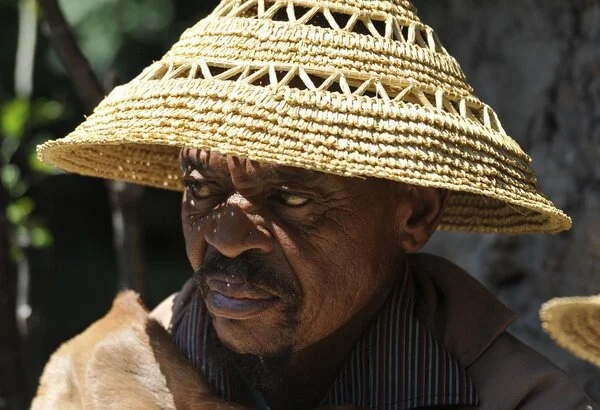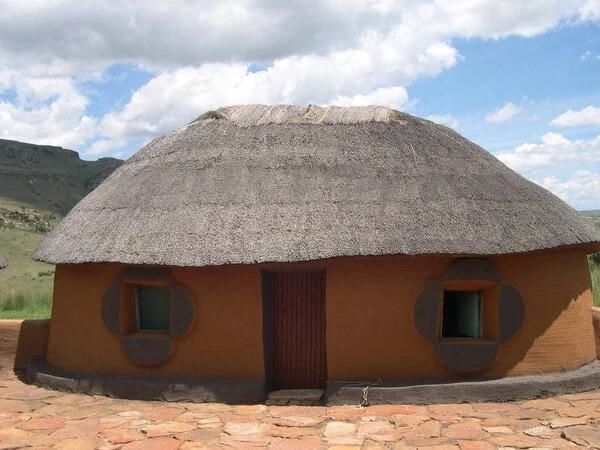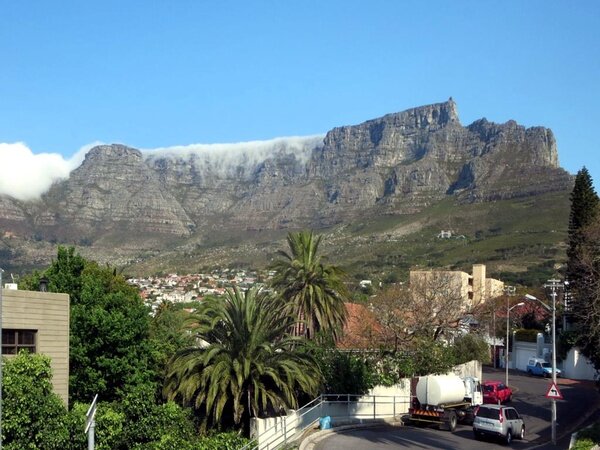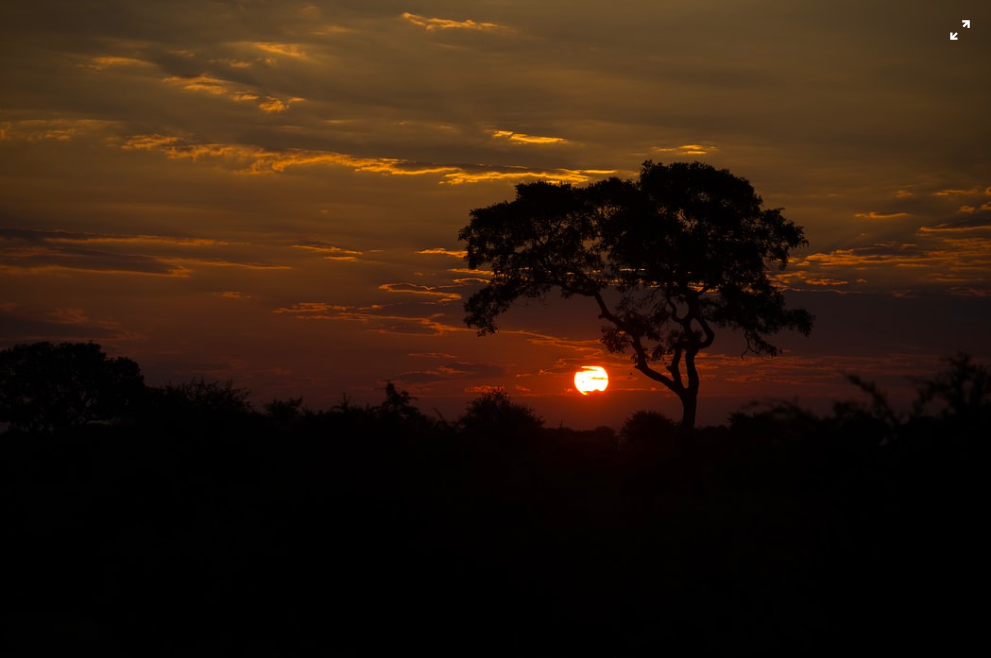Due to lingering remnants of apartheid, South Africa has the highest income gap in the world, with 10% of the population owning 80% of the country’s wealth.
Town in Soweto. Eugene Wei. CC BY-NC-SA 2.0
Though apartheid ended in 1994, many traces and effects of it still exist today, almost thirty years later. The World Bank demonstrates that South Africa has the highest rate of wealth inequality out of any country in the world. The spacial and racial segregation caused by colonialism and apartheid in the 1990s continue to affect South African society.
The United Nations University (UNU) wrote a policy brief in 2019 discussing the socio-economic inequality in the country, and mentioned that a majority of the wealth earned in South Africa goes to the top 5% of people. A recent article by Bscholarly covered the richest people in South Africa, and almost all of them were white men. Many were born in the country and are old enough to have lived through apartheid, benefitting from it in a way the non-white South Africans did not. So many people were living in abject poverty during that time period, and though it is over, many people are still suffering.
In the UNU’s policy brief, they mention how equalizing wages for workers, as well as gender and racial inequality needs to be progressed. Since so much of the economic gains go to the richest people in the country, most of whom are white, the poorer, non-white people are suffering. By increasing the income of low wage workers and therefore distributing the wealth to other people, the economic disparity would decrease. Even until 2019, the average white South African was making three times more than the average black South African, and Time magazine said, in 2021, that the wealth gap in the country has not changed since apartheid ended. The effects of the racial segregation go beyond just the wage gap, into the poor education system for black Africans and even the layout of towns, since the people were forced into parts of their towns that were away from where a lot of jobs are.
Comparison of houses. UK Department for International Development. CC BY 2.0
In addition, the COVID-19 pandemic has only served to highlight the inequalities within the country. The job market’s difficulties, in particular, were highlighted during the pandemic as unemployment increased and low wage workers suffered, much more so than their high wage counterparts. Many of these low income workers are black Africans, which further shows the racial inequalities. Younger people were also disproportionately affected by the unemployment rates compared to higher age groups. The labor inactivity, high unemployment and lack of many self-employed workers are all key factors that are affecting the labor market, and, as a result, the overall economy of the country. If the government were to invest more and build up this area, the economy would improve and the wealth disparity would decrease, since people on the lower end of it would earn more money to improve their circumstances, as well as those of the people around them. Simply strengthening the labor market and especially investing in self-employment and entrepreneurship would help this problem, especially the entrepreneurship factor, since helping people with financing and learning new skills will lead to more self-employment which would lead to the growth of smaller businesses that can help poorer groups.
To get involved:
There are multiple organizations dedicated to social justice in South Africa. For example, Oxfam South Africa is an organization working to educate people on the wealth disparity and its impacts. They also aim to create an accountable government to help the people, and protect natural resources. The effects of COVID-19 have emboldened them as the problems were highlighted from responses to the virus.
To learn more about Oxfam South Africa or to donate to them, click here.
Other organizations such as Siyabonga Africa and CHOSA are also focused on reducing the poverty and lack of education in South Africa. Siyabonga Africa provides necessary items for the impoverished, has created various skill courses for people to learn, and supports small businesses to help people get jobs.
To learn more about Siyabonga Africa or to donate to them, click here.
CHOSA, the Children of South Africa, aims to reduce child poverty by focusing on families and how to improve impoverished communities. They help fund necessary expenses such as food and electricity and offer after school tutoring and mentoring to better educate the children.
To learn more about CHOSA or to donate to them, click here.
Katherine Lim
Katherine Lim is an undergraduate student at Vassar College studying English literature and Italian. She loves both reading and writing, and she hopes to pursue both in the future. With a passion for travel and nature, she wants to experience more of the world and everything it has to offer.

















































